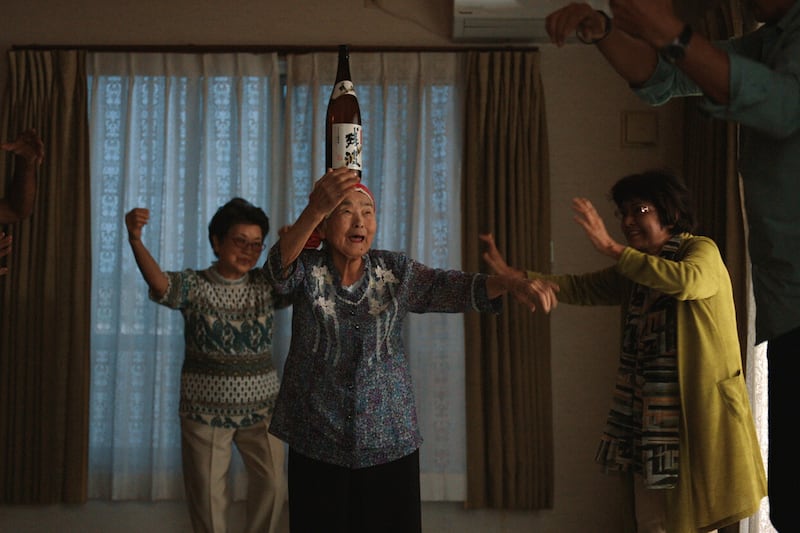The Shipman Files: A Very British Crime Story, BBC 2, Monday, Tuesday, Wednesday
There were two opportunities to stop Harold Shipman from becoming Britain’s most prolific serial killer.
The GP is believed to have killed up to 260 of his patients but it could have been far fewer if the correct action had been taken.
Early in his career, Shipman was caught faking prescriptions to fuel his own drug addiction and when a determined detective finally caught up with him in a rehabilitation centre he described how Shipman’s arms were full of needle puncture marks.
Somehow when the case came before the General Medical Council, Shipman got off with a reprimand, an instruction to read a drug addiction pamphlet and he returned to practice.
This was in 1976 and two years later he got a job in the Manchester suburb of Hyde where “Dr Death” did the bulk of his killing.
The second opportunity was when a fellow Hyde GP, Linda Reynolds contacted the coroner to highlight her concerns at the high number of Shipman’s patients who were dying and that their lives were ending in similar circumstances.
An investigation of sorts was initiated but went nowhere.
Shipman wasn’t stopped until 1998 when the family of Kathleen Grundy raised the alarm after they discovered that her will had been changed to leave her estate to Shipman. Her body was exhumed and it was found that she died from an overdose of diamorphine, essentially pure heroin.
Film maker Chris Wilson suggested that there were a number of reasons that Shipman was able to murder with impunity.
As a doctor he was a member of elite group in a culture of deference where it was unthinkable that anyone in his profession could be a killer.
Secondly, he was killing mostly old people whom society felt were coming to the end of their days anyway.
Thirdly, there were no grisly murder scenes or murder weapons. The mostly old women were thought to have had a ‘good death’ at home.
Shipman was known as the doctor who was happy to do home visits and he was loved for it. Many elderly people were terrified of going to the geriatric wards in hospitals and longed for a peaceful end in their own homes.
As the son of one of Shipman’s victims said of his mother who was initially thought to have died suddenly and peacefully at home aged 81, she had a “millionaire’s death.”
The Shipman Files sought to concentrate on the stories of the victims, reversing, as Wilson saw it, the over concentration on the killer in the media reports at the time.
But it’s not as if the Shipman story has been ignored. There was a seven-week trial where he was convicted of 15 murders and a public inquiry which lasted almost five years and found Shipman was responsible for 215 and possibly 260 killings.
There was an ITV drama in 2002, a Channel Five drama on the 10th anniversary of Shipman’s death in 2014 and other documentaries.
Wilson’s film, over three nights, was repetitive and rather unfocused. He had the documentary maker’s terrible habit of putting himself the centre of the story, starting numerous sections with, “I wanted to find out about ….”
And while the many interviews with the families of Shipman’s murder victims were often moving it was a long three hours which continued to raise the same questions and provide the same conclusions about how he got away with it for so long.
In three weeks of TV serial killer programmes – Des, Rose West and Myra Hindley and the Shipman Files – it was the weakest.










